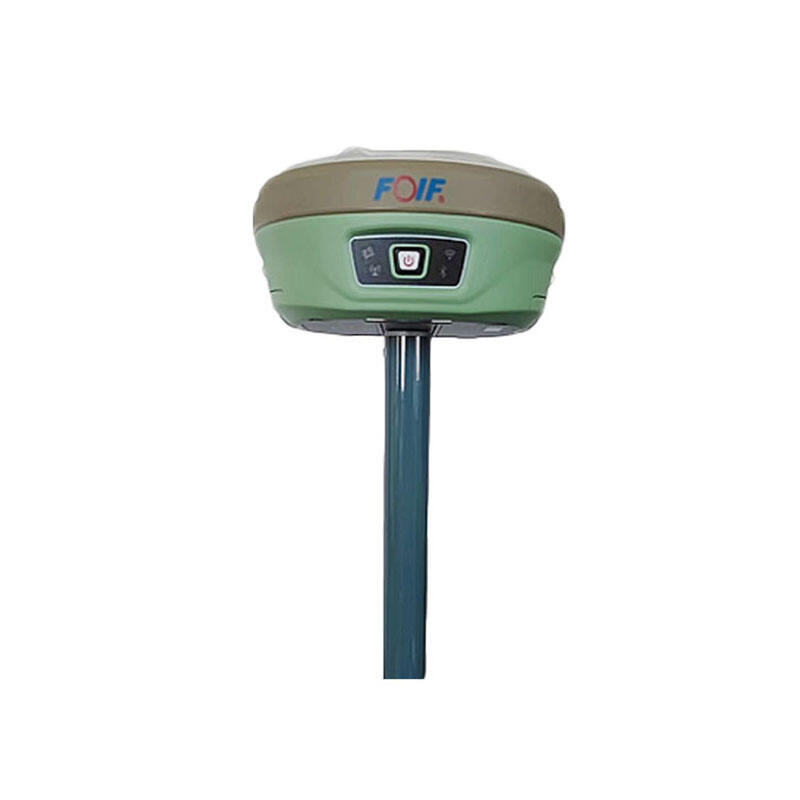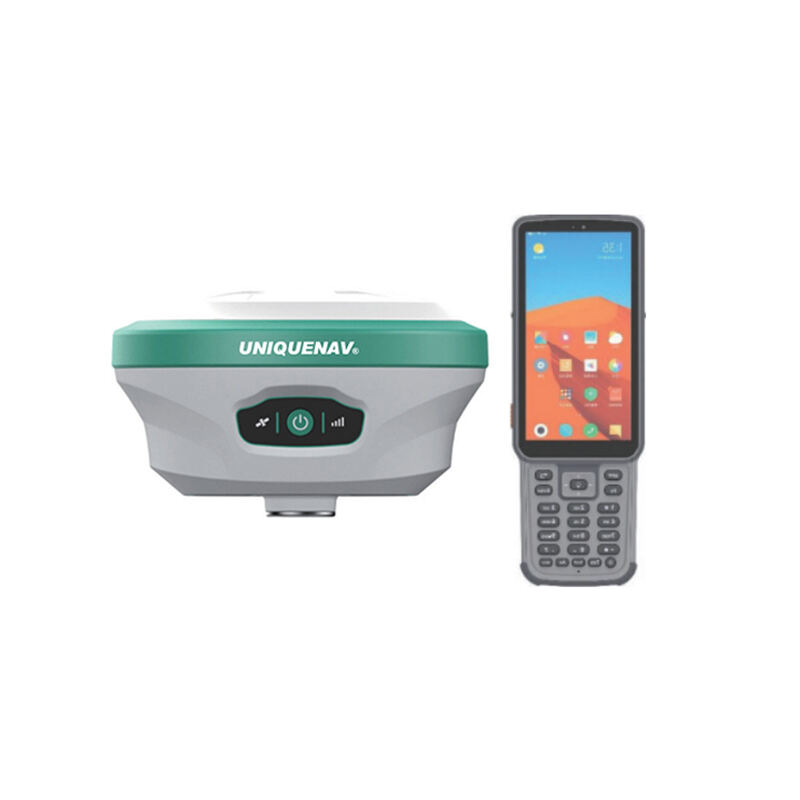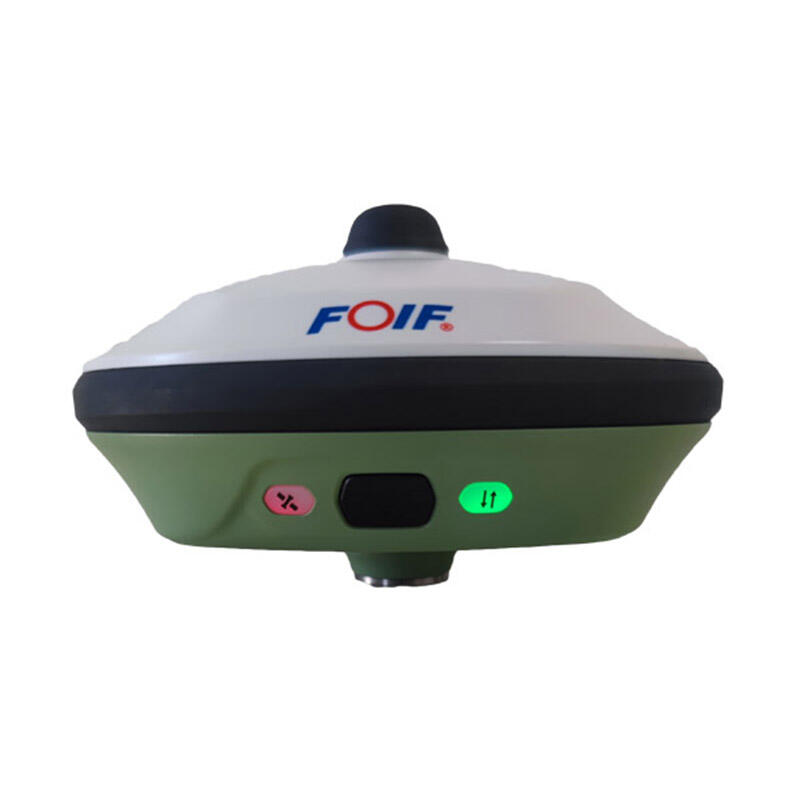low cost gnss receiver
A low cost GNSS receiver represents a significant advancement in navigation technology, making precise positioning accessible to a broader range of users. These receivers utilize Global Navigation Satellite System signals to determine location, timing, and velocity information with remarkable accuracy. The device incorporates sophisticated signal processing algorithms while maintaining cost-effectiveness through streamlined design and manufacturing processes. Modern low cost GNSS receivers typically feature multi constellation support, enabling them to access signals from GPS, GALILEO, GLONASS, and other satellite systems simultaneously. This technology offers positioning accuracy within 2-5 meters under optimal conditions, making it suitable for various applications including personal navigation, asset tracking, and basic surveying tasks. The receiver's compact form factor and minimal power requirements make it ideal for integration into mobile devices and IoT applications. These units often include basic interference mitigation capabilities and can operate effectively in most urban environments. The technology employs standard communication protocols for data output, ensuring compatibility with numerous software platforms and applications. Many models feature built in antenna systems and support both raw measurement output and standard NMEA data formats, providing flexibility for different use cases.


